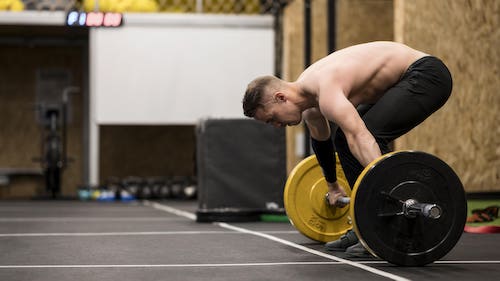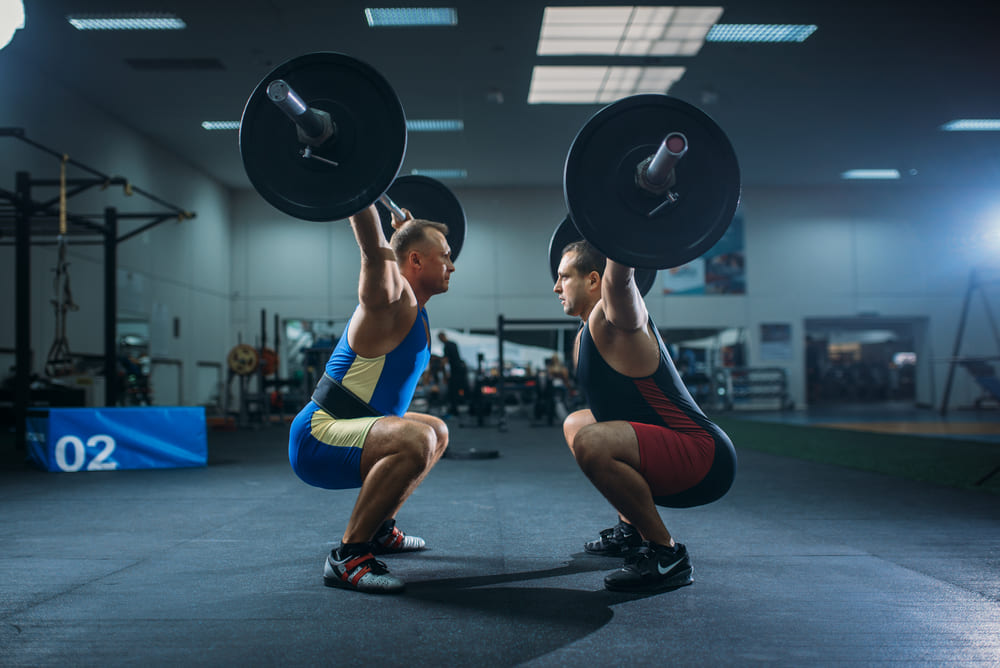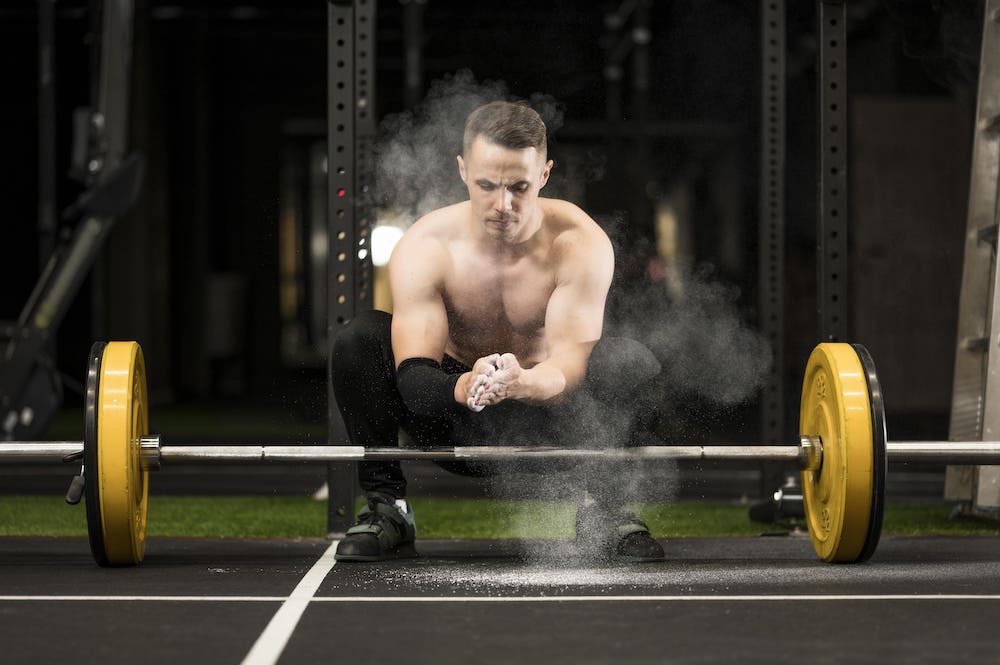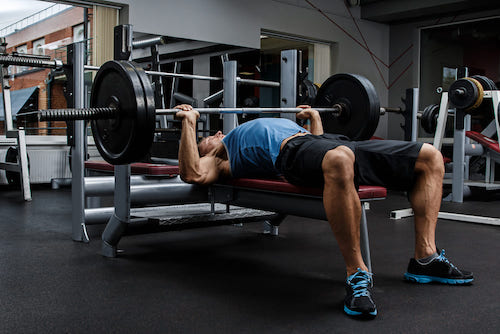Your cart is empty
Start Shopping
The core goal of any beginner weightlifter is to increase the number of weights they can put on the bar. While this is naturally challenging, it will always be impossible to overstate the benefits and confidence you receive from smashing your goals.
Why Should You Lift More?
If your core goal of visiting the gym is to build your muscle mass, then you need to be thinking about lifting weights. However, this need to lift weights does not mean throwing yourself into the deep end and putting 200 pounds on the bench press on your first visit. Instead, your focus must always be on progressing from lighter to heavier weights. This weight-lifting method allows your body to become more accustomed to the previous level before moving on to a more heavy class.
In most cases, you should be able to progress from one weight level to another within a month, but this will always depend on how frequently you visit the gym and how your body adjusts to the added strain. If you feel that you are not ready to move on to the next class, don’t fret. Remember that weight-lifting is a marathon, not a sprint, so don’t be afraid to dial it back.
Common Mistakes When Lifting Weights
Poor Form
Most beginner weightlifters carry their weights poorly, often using momentum for their lifting instead of targeting the right muscles. While this method may get you one or two more repetitions, it also increases the chances of injuries, so you must ensure that you lift your weights correctly.

Lifting Too Quickly
Most new lifters always want to get in as many repetitions as possible when they are weight-lifting. While more reps can help you bulk up quicker, the amount of tension you put your muscles under is equally crucial. This added tension will help boost their size over time.
Top Tips on How to Lift More Weight
Post-Activation Potentiation
While post-activation potentiation (PAP) rings of something you will learn in advanced physics or chemistry, it is a relatively simple idea that can help you lift heavier weights. This concept focuses on performing successive sets of a lifting exercise combined with a high-intensity plyometric move.
To get the best from PAP, we often recommend that your exercises mirror each other. So, if you are doing some bench presses, you may want to combine this exercise with a plyometric push-up. This repetition should help increase your muscle mass and aid in smashing your goals.
Proper Warming Up
Walking into the gym and heading straight for the weight-lifting section is a recipe for disaster, as it can quickly lead to injuries over time. Before lifting, carry out some stretches or do some light cardio instead. These exercises will help get your muscles warm and ready to exercise, potentially allowing you to lift heavier weights or do an extra set.
Recovery Time Should Be Longer Between Each Series
The more you lift, the more muscles you can gain. So, finding various ways to carry as many weights as possible should help you gain more muscle mass and allow you to lift even heavier weights. One of the best ways to do this is through spaced sets, which focus on giving your muscles more time to recover before starting a new lifting round.
As an illustration, if you aim to lift 100 pounds over three sets, giving your body time to rest between every round may allow you to perform ten repetitions. However, if you lift without rest time, you may end up doing only five reps on your final set because your muscles have become tired.
Push Your Feet into the Floor
Your foot position is everything when performing lower body lifts. When you plant your feet firmly on the floor, you create an external rotational force that makes your hips more stable, which should help you when lifting heavier weights.
Use Chalk
You may want to throw some chalk into your gym bag if you discover that you can’t lift heavier weights because of poor stability or too much sweat. This material helps create a powerful and firm grip and absorbs moisture, allowing you to hold tightly onto the bar when carrying heavier weights.

Breath Control
Breathing and weight-lifting have an unbreakable link. The more exercises you perform, the more oxygen your muscles require to stay in shape. So, you always want to ensure you control your breathing when lifting and replenish your muscles with as much oxygen as possible.
The best breath control technique for weight lifters generally involves taking a deep breath as you lower the weight and then exhaling as you work against gravity. This method will ensure that oxygen circulates efficiently through your body, making you less likely to become tired.
Irradiation
The Irradiation theory centers around the idea that a muscle may call on neighboring muscles for additional strength once you put it to work. So, if you squeeze your glutes together, then clench your fists as hard as you can, you may feel an increased contraction in your glutes. Irradiation is an excellent tool when weight-lifting because it can help transfer additional strength to the part of your body required to carry the weight. For example, squeezing hard on the bar may create an irradiation signal in the upper body.
Try New Techniques
There is no fixed way to lift weights. If you have been struggling with lifting and wonder how to lift heavier weights, you may want to try some new techniques. As an illustration, you may decide to reduce the number of reps you do but increase the weight amount instead. Alternatively, you could move to a different training style, such as the pyramid technique.
Final Thoughts
While we all want to be able to lift more weights and break our personal bests, you must also understand that safety must play a crucial role in your weight-lifting technique. When following these tips, you must maintain good form, take breaks, and give your body time to recover. These safety measures will help reduce the chances of potential or long-term injuries occurring while you work out in the gym.


